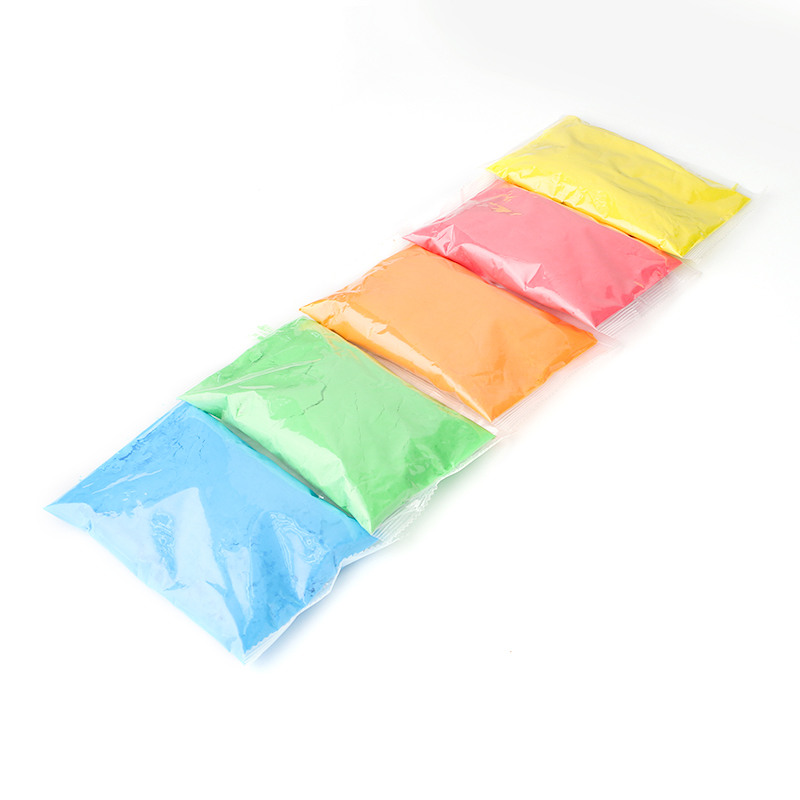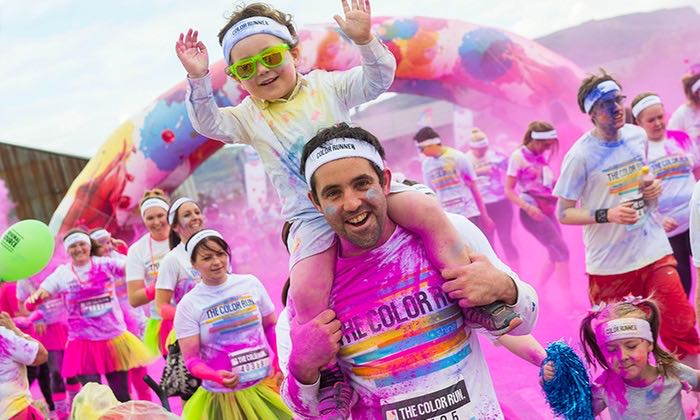Holi Festival Celebrates With Color
A festival that celebrates the victory of good over evil, Holi is a celebration of the arrival of spring and harvests to come. It’s the Holi festival of colors, emotions, and happiness. And what better way to express yourself than with the vibrant colors of the rainbow?

The central ritual of Holi is the throwing and applying of colored water and powders on friends and family, which gives the holiday its common name “Festival of Colors.” Come Holi, and the country is alive with mesmerizing hues of blues, yellows, magentas, greens, violets, and more. Clouds of colors dancing in the wind carry the message of love and happiness across walls, neighbors, and hearts.
Brightly colored powders are the mainstay of the Holi festival, during which men, women, and children carry powders and liquid colors to throw and smear on the clothes and faces of neighbors and relatives. While dry powder colors are called “gulal,” colors mixed with water are called “rang.” Tables with bags of colors line the entrance as neighbors and family await the others to enter the grounds. It’s a day to celebrate and let go — loud music, local brews, and fun-filled chatter are all essential elements of the celebrations.
But most importantly, Holi is the day when you will see the streets and homes of India doused in almost every color imaginable. Each color has significance, religious or otherwise. And there is a color for nearly every occasion, moment, or celebration. Each color symbolizes a force in life, and thus, color and life are inseparable.
While the most popular colors are the brightest — blue, yellow, red, purple, pink, and green — some colors are conspicuously absent, traditionally. These include black and white.

Color Symbolism Of Holi
Though white symbolizes a sense of purity, it is also a color of mourning. Widows in India, unlike in their western counterparts, retire to a white-only dress code. And while black is considered ugly, evil, and undesirable, it is relied upon heavily to ward off evil, as is evident in the ceremony of putting a black dot on a newborn baby’s face to ward off the evil eye.
During the early days, the “gulal” colors of Holi were made at home using flowers of the tree, otherwise called the “Flame of the Forest.” The flowers, once plucked, were dried in the sun and then ground to fine dust. The powdered dust once mixed in water gave way to the most brilliant hue of saffron-red. The saffron-red pigment and colored powdered talc called “aabir” were the mainstays at Holi festival celebrations, long before the manufactured colors of today.

Please login to write a comment after